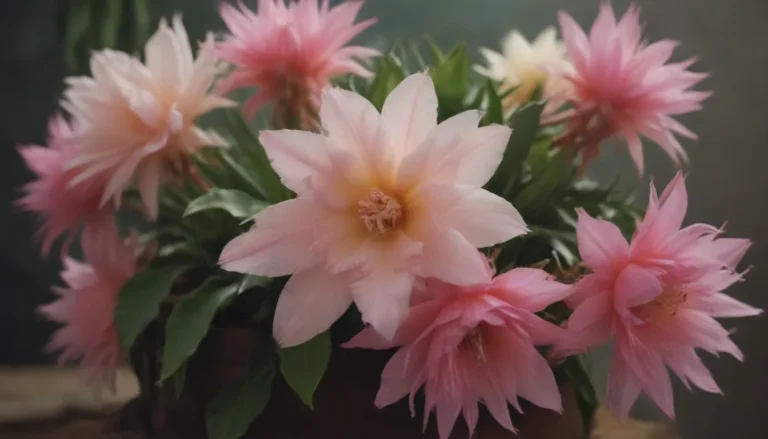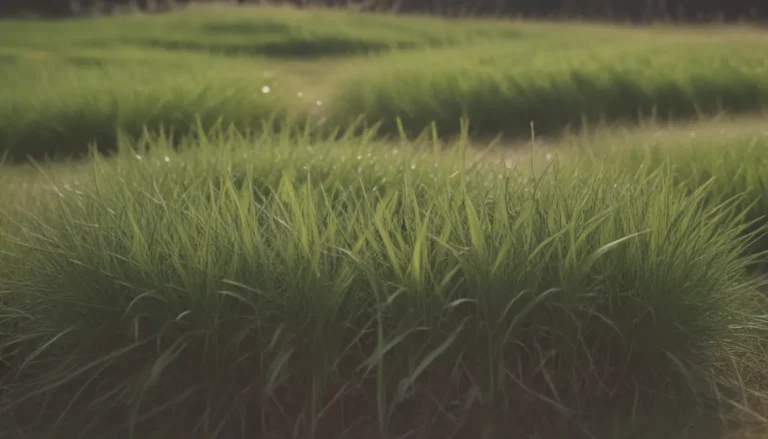A Comprehensive Guide to Identifying and Eliminating Tiny White Bugs in Houseplant Soil

Houseplants can bring vibrant energy into our homes, but sometimes they come with unwanted guests in the form of tiny white bugs. These pests can cause damage to your plants, leading to yellowing leaves, stunted growth, and other signs of distress. Before you panic and take drastic measures, it’s essential to correctly identify the culprit and determine the best course of action.
In this guide, we will walk you through the different types of tiny white bugs you may encounter in your houseplant soil, how to distinguish between harmful pests and beneficial organisms, and effective methods for eliminating these unwanted visitors. Let’s dive in and learn how to keep your plants healthy and thriving.
Understanding the Culprits
Root Mealybugs
Appearance: Root mealybugs are small, elongated oval-shaped insects, measuring about 1/16 to 1/8 inch long. They are covered with a waxy white cotton-like substance, characteristic of mealybugs.
Signs of Infestation: Look out for yellowing leaves, leaf edges, and drooping plants. When you inspect the roots, you may notice that they appear limp, indicating damage from feeding root mealybugs.
Soil Mites
Appearance: Soil mites are tiny white arachnids, smaller than a pinhead, that can be found in soil or compost bins. They are beneficial organisms that aid in the breakdown of organic matter and soil aeration.
Signs of Presence: Soil mites are not harmful and should be left alone. They appear as countless tiny white spots in the soil and help control pests like thrips.
Root Aphids
Appearance: Oval-shaped and woolly white in appearance, root aphids live in the soil and can be challenging to spot without a hand lens. They are common pests in greenhouses.
Signs of Infestation: Keep an eye out for yellowing, curling leaves, wilting plants, and stunted growth—indications of root aphids feeding on the plant roots.
Scale Insects
Appearance: Scale insects come in various colors, including white, and range in size from 1/8 to 1/16 inch. They form clusters on plants and may go unnoticed until damage becomes apparent.
Signs of Infestation: Watch for yellowing, wilting leaves, curling edges, and defoliation. Puncture marks on leaves from their feeding activities are also a telltale sign of scale infestation.
Fungus Gnats
Appearance: Fungus gnats are small legless flies with white bodies and black heads, similar in size to fruit flies. They thrive in consistently moist potting soil and leave slimy trails resembling snails or slugs.
Signs of Infestation: Look for yellowing leaves, leaf drop, and stunted growth caused by fungus gnat larvae feeding on plant roots.
Taking Action: How to Get Rid of Tiny White Bugs in Soil
Once you have identified the type of pest infesting your houseplant soil, it’s time to take action. Here are some effective methods for eliminating tiny white bugs from your plants:
- Isolate Infested Plants: If you suspect an infestation, isolate the affected plant to prevent the pests from spreading to other houseplants.
- Manual Removal: For larger pests like root mealybugs or aphids, carefully remove them using a cotton swab dipped in rubbing alcohol.
- Neem Oil: Consider using neem oil, a natural insecticide, to control pests like root aphids and scale insects. Dilute according to the manufacturer’s instructions and apply to the soil.
- Sticky Traps: Use yellow sticky traps to catch adult fungus gnats and reduce their numbers in the environment.
- Allow Soil to Dry: Fungus gnats thrive in moist soil, so allow the top layer of soil to dry out between waterings to discourage their reproduction.
- Beneficial Nematodes: Introduce beneficial nematodes to the soil to control pests like root mealybugs and fungus gnats, as they prey on insect larvae.
Remember, it’s essential to monitor your plants regularly and take proactive measures to prevent future infestations. By staying vigilant and addressing pest issues promptly, you can keep your houseplants healthy and pest-free.
Conclusion
In conclusion, identifying and eliminating tiny white bugs in houseplant soil requires careful observation, patience, and proactive pest management strategies. By understanding the characteristics of different pests, distinguishing between harmful insects and beneficial organisms, and taking targeted action, you can protect your plants from damage and ensure they thrive in a healthy environment.
Next time you spot tiny white bugs in your houseplant soil, don’t panic—take a closer look, identify the culprit, and implement effective pest control methods to safeguard your plants. With the right approach and diligence, you can maintain a thriving indoor garden and enjoy the beauty of your green companions. Happy gardening!





